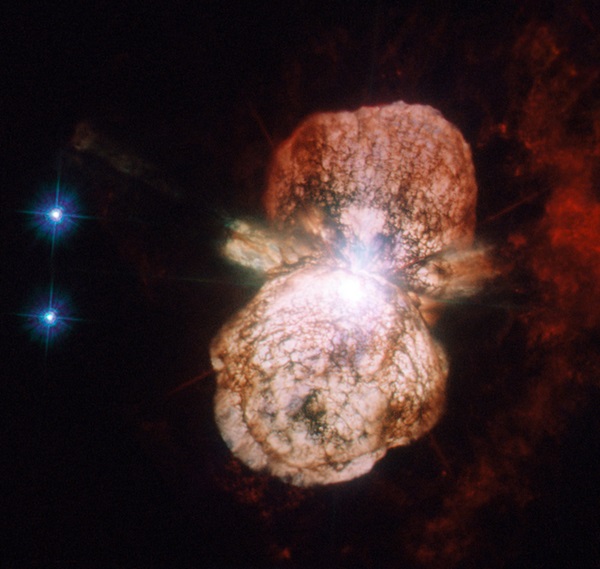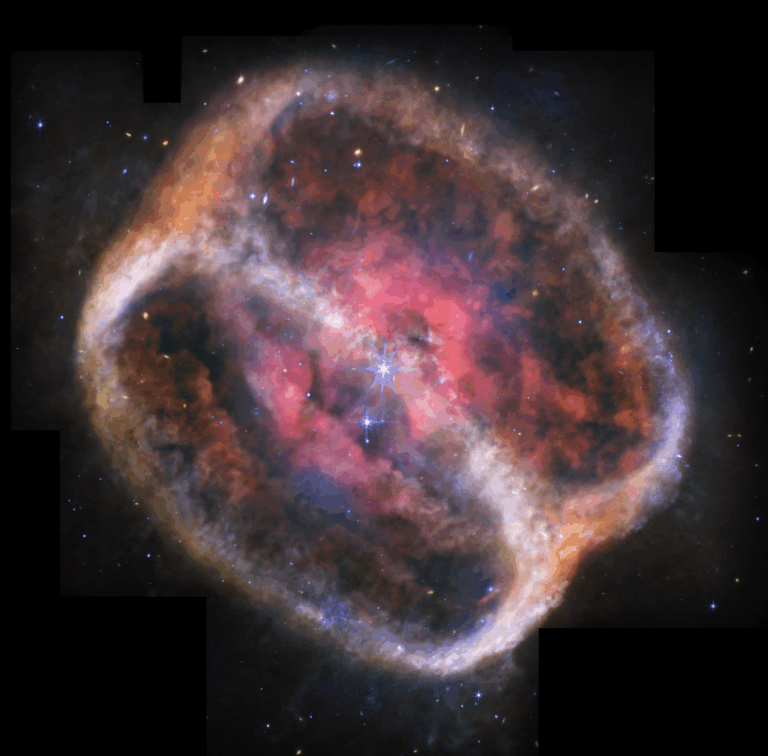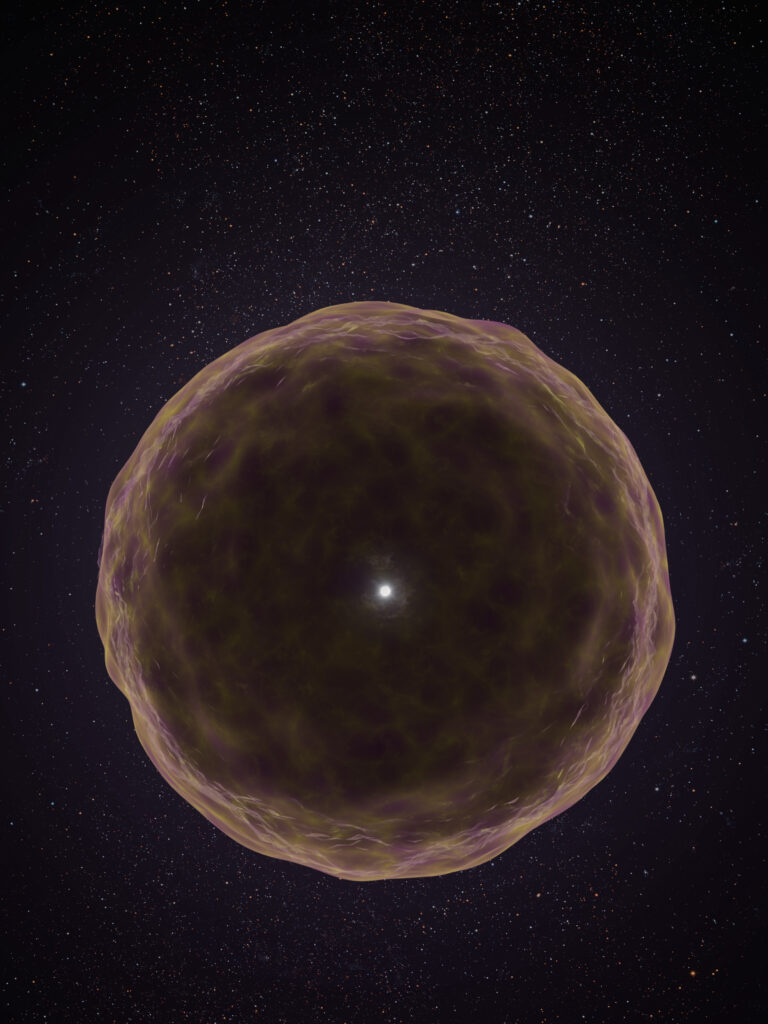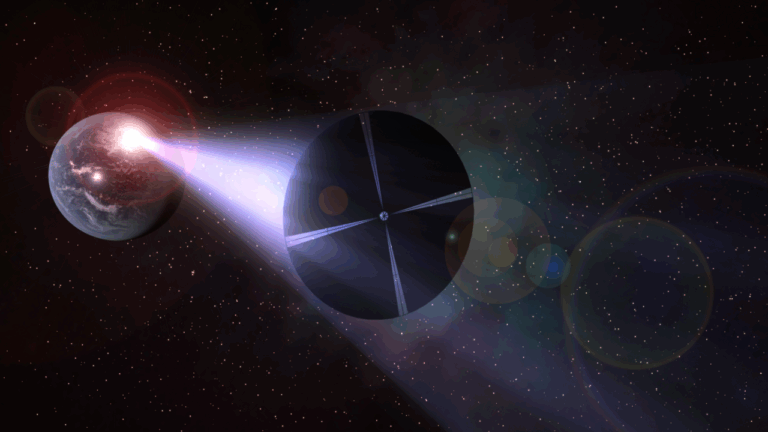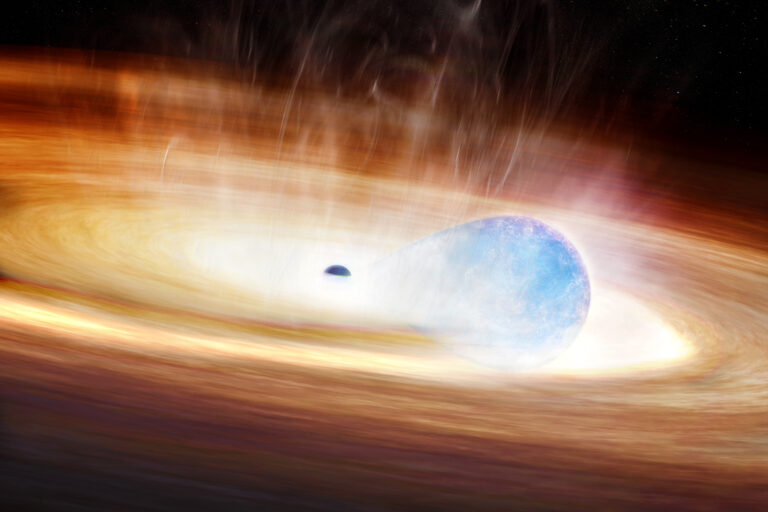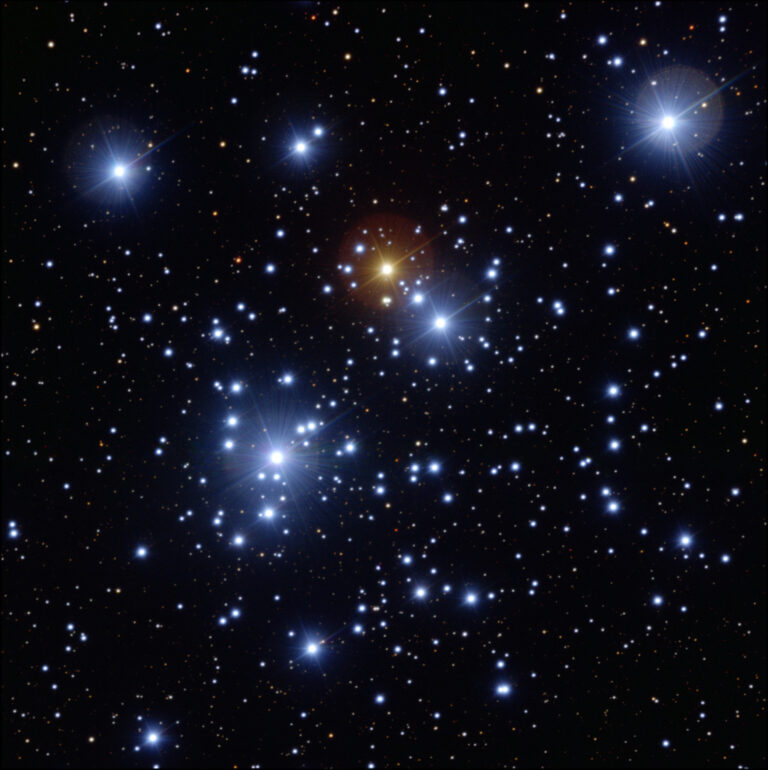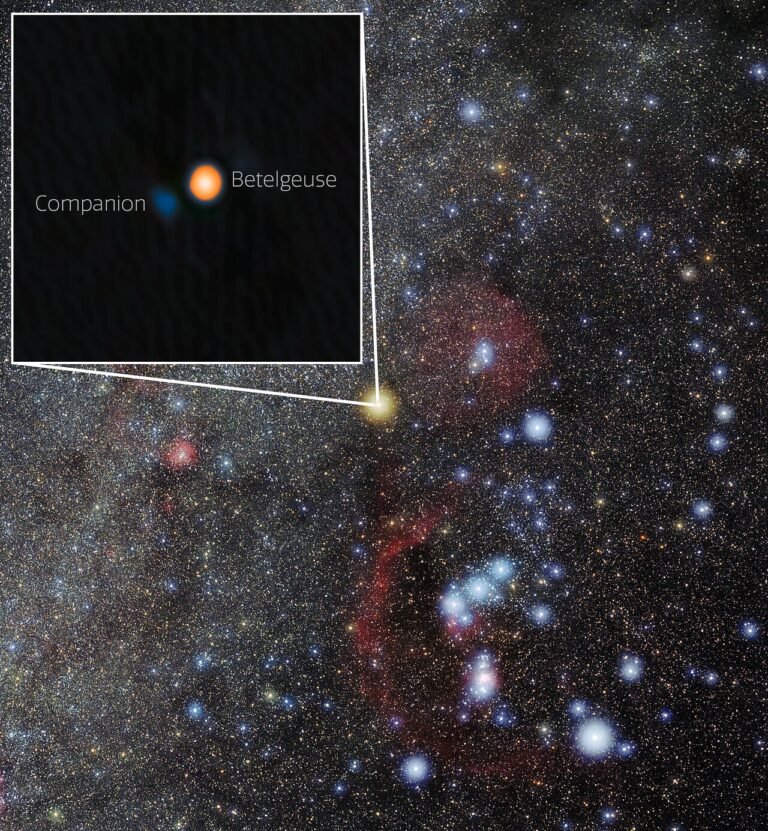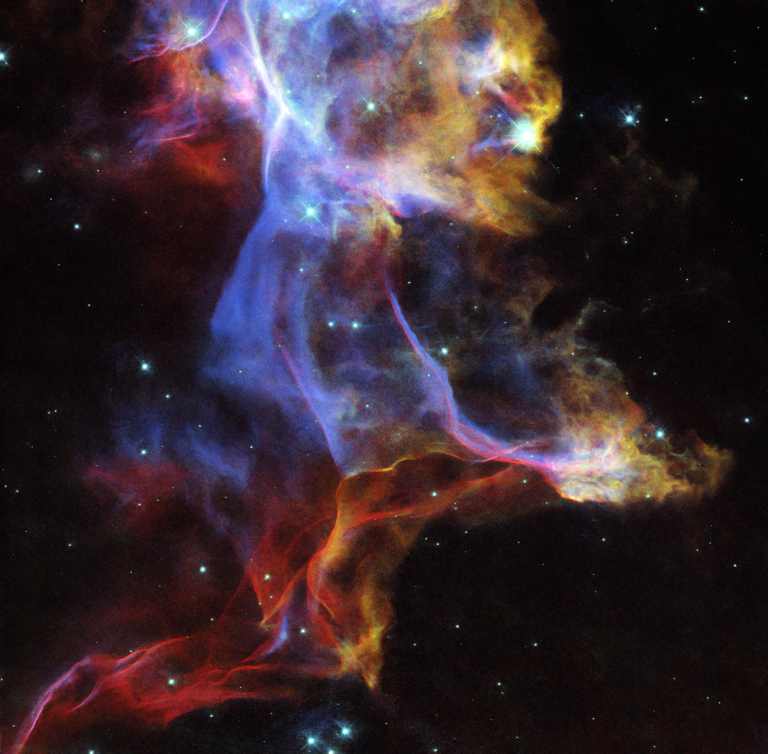Key Takeaways:
- Eta Carinae's stars are very massive and may become black holes.
- Stars over 20 times the Sun's mass might collapse into black holes.
- The chance of a star becoming a black hole depends on its mass.
- Scientists are studying stars to better understand black hole formation.
The latest computer simulations predict that stars more massive than 20 solar masses could end their life by an implosion to a black hole. Once their nuclear fuel is consumed, the sheer weight of these stars crushes them due to their self-gravity. The probability of black hole formation changes with stellar mass. Current models predict a 40 percent probability of black hole formation at around 20 solar masses. These models indicate that the probability of black hole formation could then either vanish or rise to 100 percent around 60 solar masses. But these are all theoretical predictions. Observers are searching for massive stars that disappear in high-resolution images of nearby galaxies, in an attempt to calibrate empirically the black hole formation probability for different progenitor stars.
Founding Director of the Black Hole Initiative, Harvard University, Cambridge, Massachusetts

